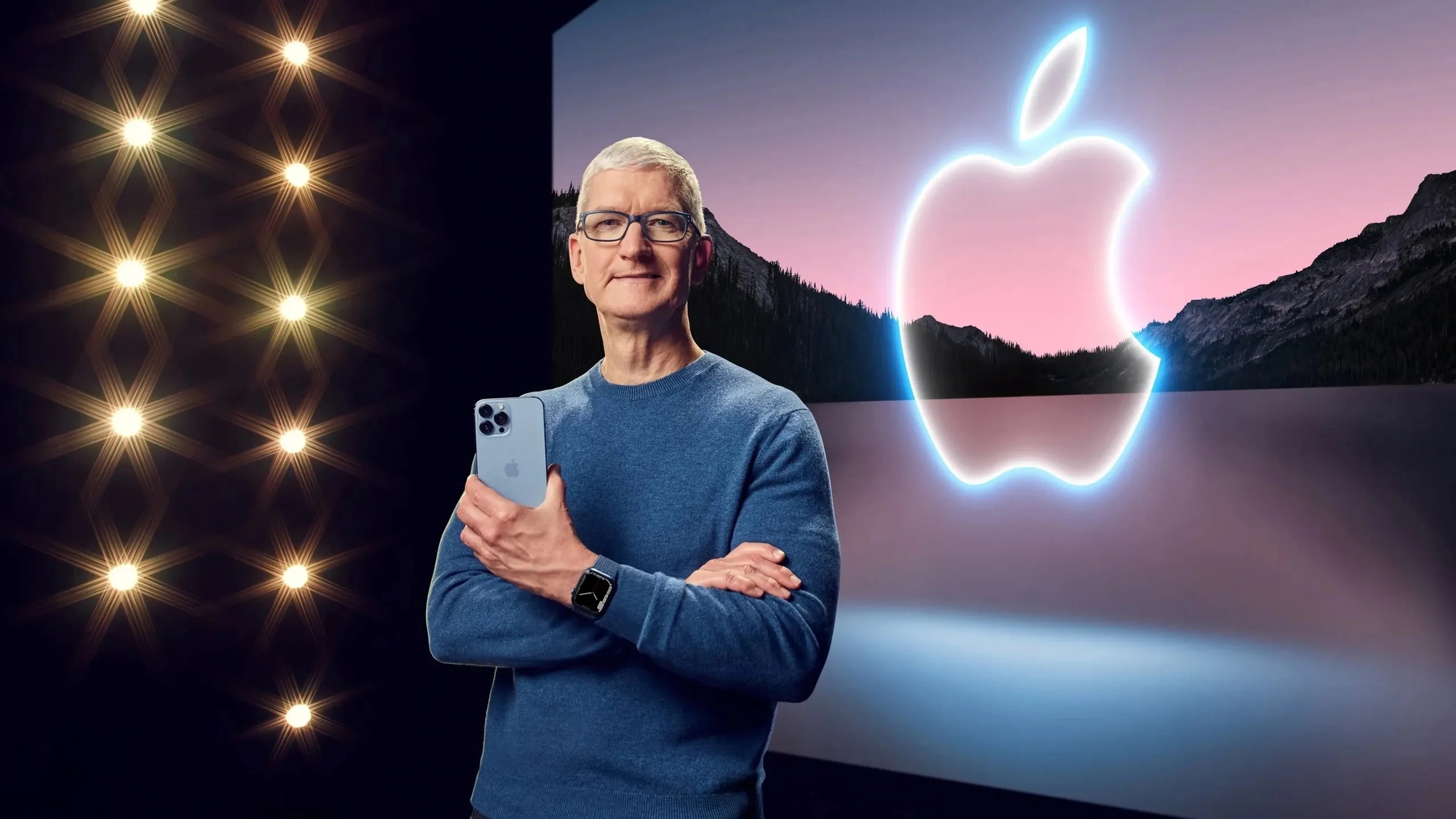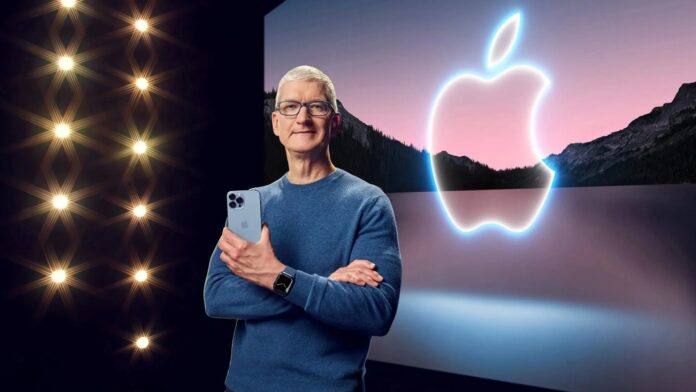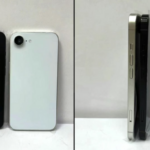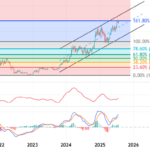Eighteen years after Steve Jobs unveiled the first iPhone, Apple has transformed it into a global icon, not only reshaping the mobile industry but also changing the way people communicate, work, and entertain themselves.
In the Q3 2025 financial report, CEO Tim Cook announced iPhone revenue of $44.6 billion, a 13% increase from the previous year. This figure alone accounts for nearly half of the corporation’s total revenue, which amounted to $94 billion.
The surge in sales can be partly attributed to American consumers rushing to upgrade their iPhones before the new tax policy took effect. However, analysts warn that this boost may be short-lived as Apple faces competitive pressure from Android rivals and tightening policies in China.

Apple has officially sold 3 billion iPhones since the product’s launch in 2007, a significant milestone in the company’s history.
This brings us to a historical milestone revealed by Tim Cook: Apple has officially sold 3 billion iPhones since the product’s launch in 2007. It took the company nine years to reach the first billion iPhones sold by 2016. However, in the following nine years, Apple sold an additional 2 billion iPhones, showcasing the accelerating popularity of the device and setting a pace that competitors find hard to match.
Despite the dynamic global smartphone market, the iPhone has proven its timeless appeal. In early 2025, Apple unexpectedly surpassed Samsung to lead the global market share with 19%, largely due to the strong performance of the iPhone 16e and successful expansion campaigns in emerging markets. Nevertheless, Samsung quickly retaliated, reclaiming the top spot in the following quarter with its new Galaxy lineup.
Apple not only maintains its market share in traditional regions like the US, Europe, and Japan but also achieves double-digit growth in emerging markets such as India, the Middle East, Africa, and Southeast Asia. Notably, the company is accelerating its production shift to India to reduce reliance on China and mitigate geopolitical risks and global tax policy fluctuations.
However, Apple cannot afford to be complacent as the smartphone race enters a new era of AI and service ecosystems. With the rise of Samsung, Xiaomi, and other Android brands, the battle for market share has become more intense, requiring Apple to continuously innovate to retain its crown.
Reference: Engadget
The Perfect Time to Strike: A Chinese Phone Manufacturer Seizes the Opportunity in the Fourth Most Populous Country as Apple Faces Sales Ban
The Chinese smartphone brand plans an aggressive expansion into the Indonesian market with at least 10 new stores slated to open across the country this year.
The S25 Ultra is Still “Old Wine in a New Bottle”: Are Chip and AI Upgrades Enough to Lure iPhone Users?
The iPhone 16 Pro Max and Galaxy S25 Ultra are two powerhouse smartphones that offer a very similar overall experience. While both devices have their unique features and strengths, the user experience they provide is largely comparable. So, whether you’re team Apple or Samsung, you won’t be missing out on a drastically different experience.











































